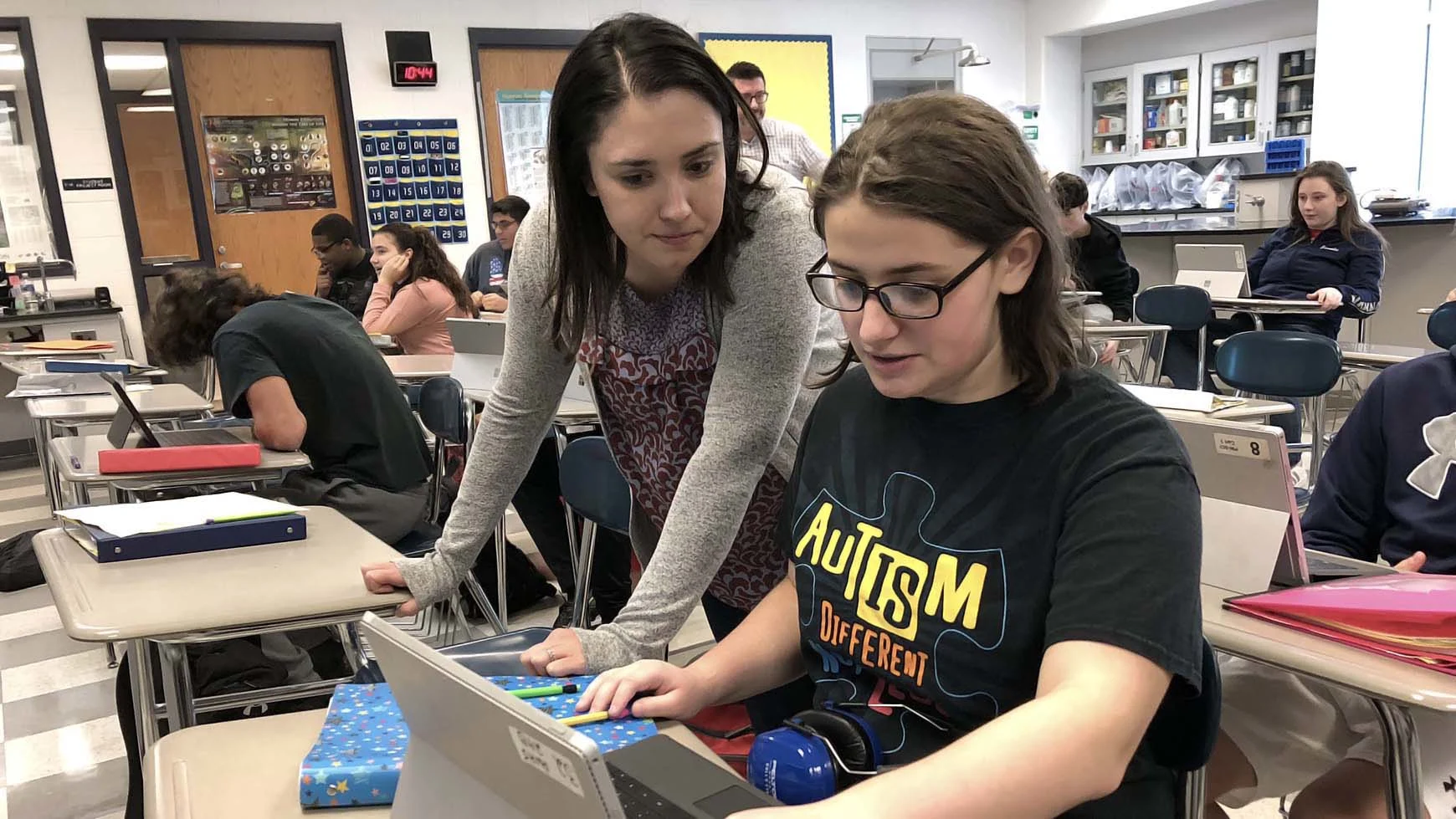Empathetic sentence starters for teachers
Learn how sentence starters can help you respond to your students with empathy. Get a one-page printable of empathetic sentence starters to help you get started.

By Amanda Morin
Expert reviewed by Rayma Griffin, MA, MEd
In stressful moments, it’s not always easy to find the right words to say to a student. It can be difficult to put your feelings aside or to find time to listen.
But responding to students with empathy is important. It’s an opportunity for you to connect with students. And it helps you build a classroom community where each student feels safe and can thrive.
There’s no one right empathetic thing to say. Often, it’s less about what you say and more about how you listen and ask for information. Here are some empathetic sentence starters you can use for different purposes.
For gathering more information
When students come to you with concerns or complaints, maybe you think you already know the whole story. You might try to solve the problem right away. But you may not have all the information you need. That can leave students feeling frustrated and misunderstood.
This can be a big challenge with younger students, English language learners, and students who learn and think differently. They may struggle to tell you everything you need to know about a situation.
Before jumping into fix-it mode, ask some open-ended questions and give kids time to answer. Try not to make assumptions or impose your viewpoint. Use sentence starters like these:
Could you tell me a little more?
Can you tell me what you need right now?
Is there anything else you’d like to share?
Would you like my help in figuring this out?
Watch this video to learn how one teacher used the sentence starters to find out what was going on with a student. See how it improved their relationship.
For clarifying understanding
Once students start talking more freely, make sure you’re truly hearing what they tell you. Instead of saying, “You’re angry because your friends left you out,” reflect back what you think you’re hearing. That way, students can let you know if you’re not quite understanding what they’re trying to tell you.
A word of caution: Don’t simply repeat a student’s own words. It can sound to them as if you’re only hearing the words and not trying to really understand. Instead, paraphrase what the student said, beginning with one of these phrases:
Let me see if I have this right….
I want to make sure I understand what you’re telling me. What I’m hearing is….
What I hear you saying is…. Is that right?
To show you’re listening and paying attention
Some students will have a hard time telling you what’s going on. This is especially true in emotional or stressful situations. They may have trouble expressing their emotions out loud (even if their body language shows it). Or they may not have the vocabulary to describe their feelings.
You can model how to express and name emotions. Doing this shows students that you’re paying attention to their words and to their body language. These sentence starters can help:
It sounds to me like this might feel….
I can sense that you are feeling [emotion]….
I can hear how [emotion] you are feeling.
Your face is telling me that….
I can hear in your voice that….
To affirm students’ feelings
Feelings aren’t right or wrong. You may think a certain reaction isn’t appropriate to a situation. But that reaction is a result of how the student feels. Acknowledge the vulnerability it takes for students to share those feelings with you.
You can affirm their feelings by saying things like:
Thank you for sharing this with me.
I understand you feel that way.
That sounds like an [adjective] experience.
I hear you.
I’m not sure what to say right now, but I’m here to listen.
Download a printable reference sheet
Empathetic phrases can encourage in-depth conversations. Or they can help you quickly check in with a student. Plus, when you use these phrases, you’ll model for students how they can have empathetic conversations with their peers.
Download this printable reference sheet of the sentence starters.
Sentence starters to speak with empathyPDF - 54.9 KB
Get started in your classroom
Read about why it’s important to teach with empathy.
Try one teacher’s rapport-building warm-up to create more empathy in the classroom.



